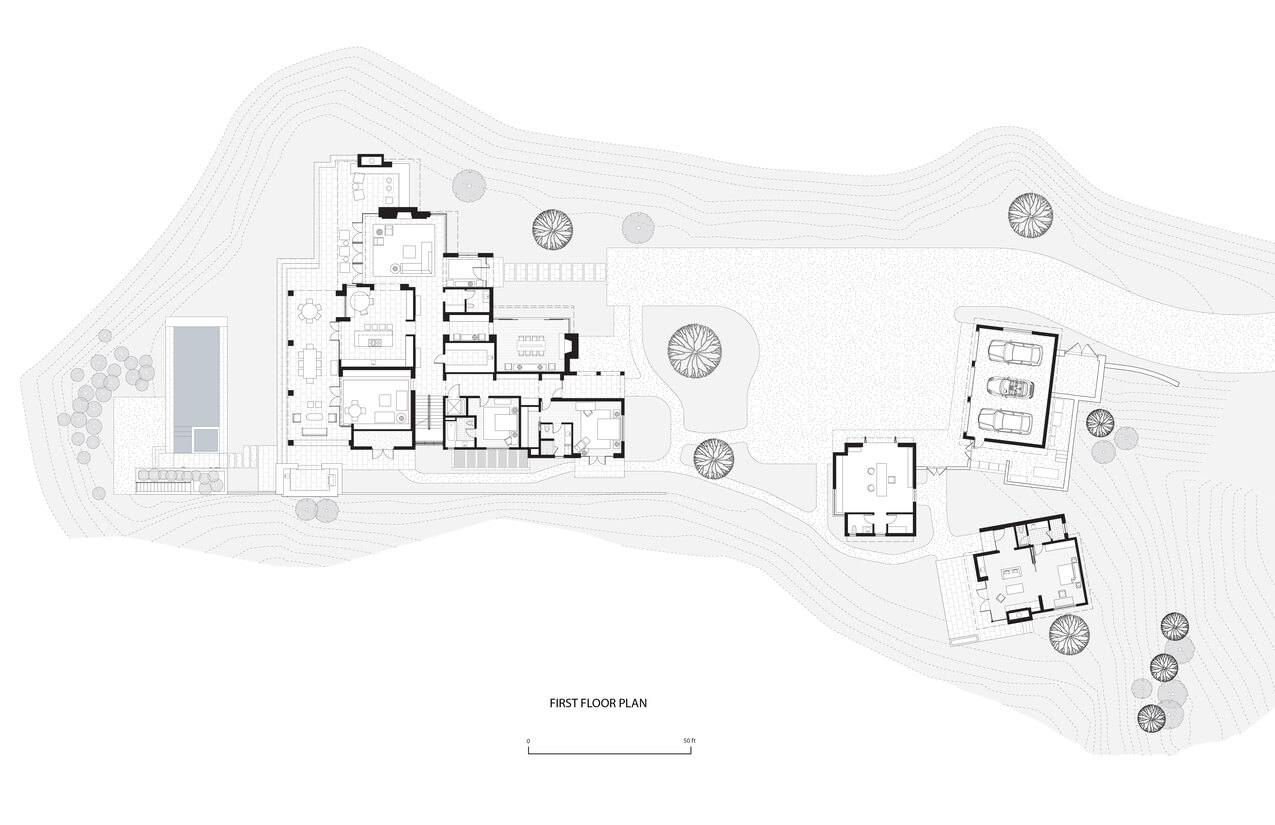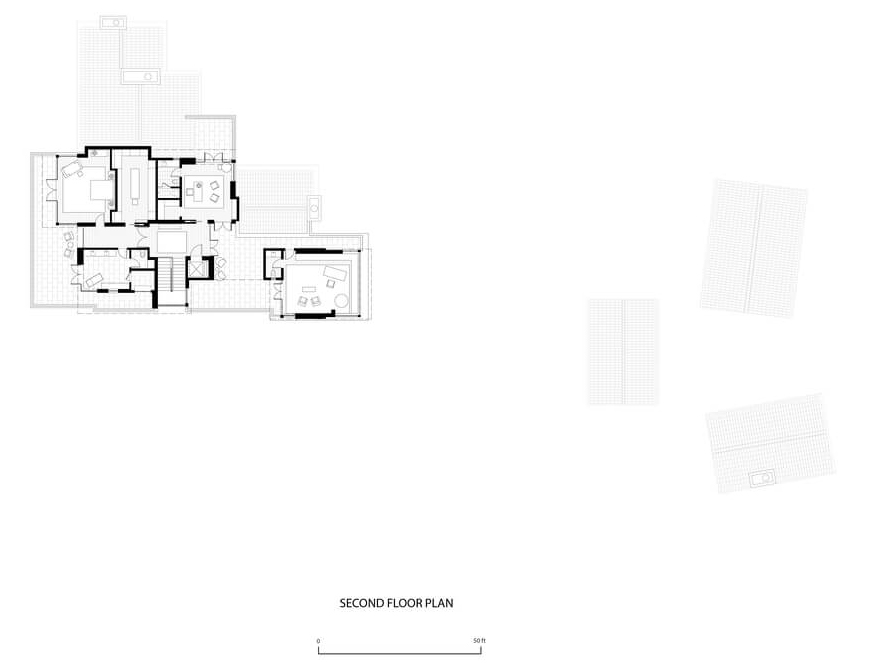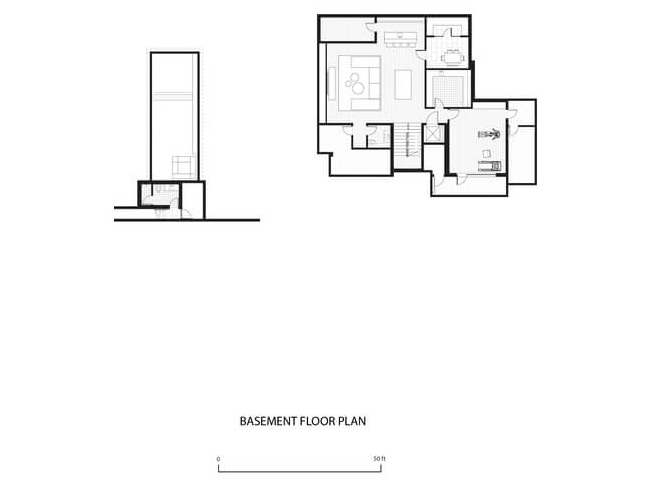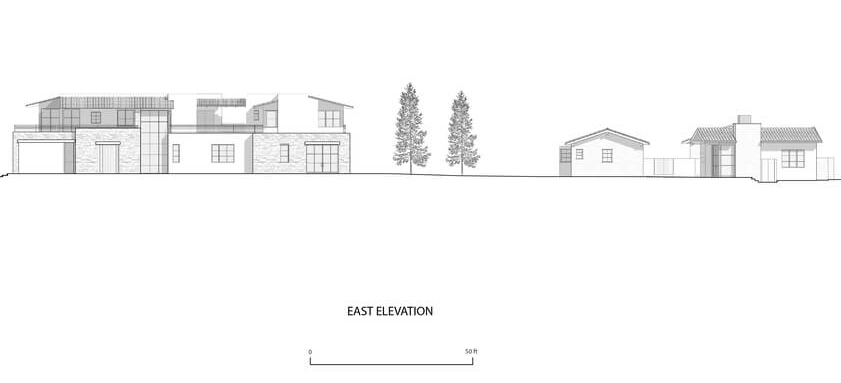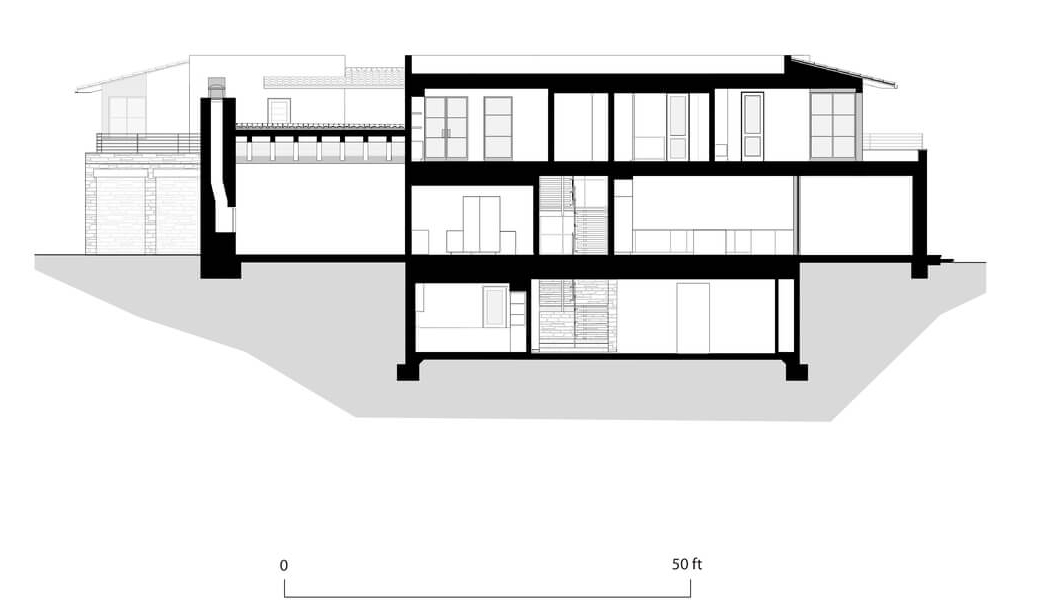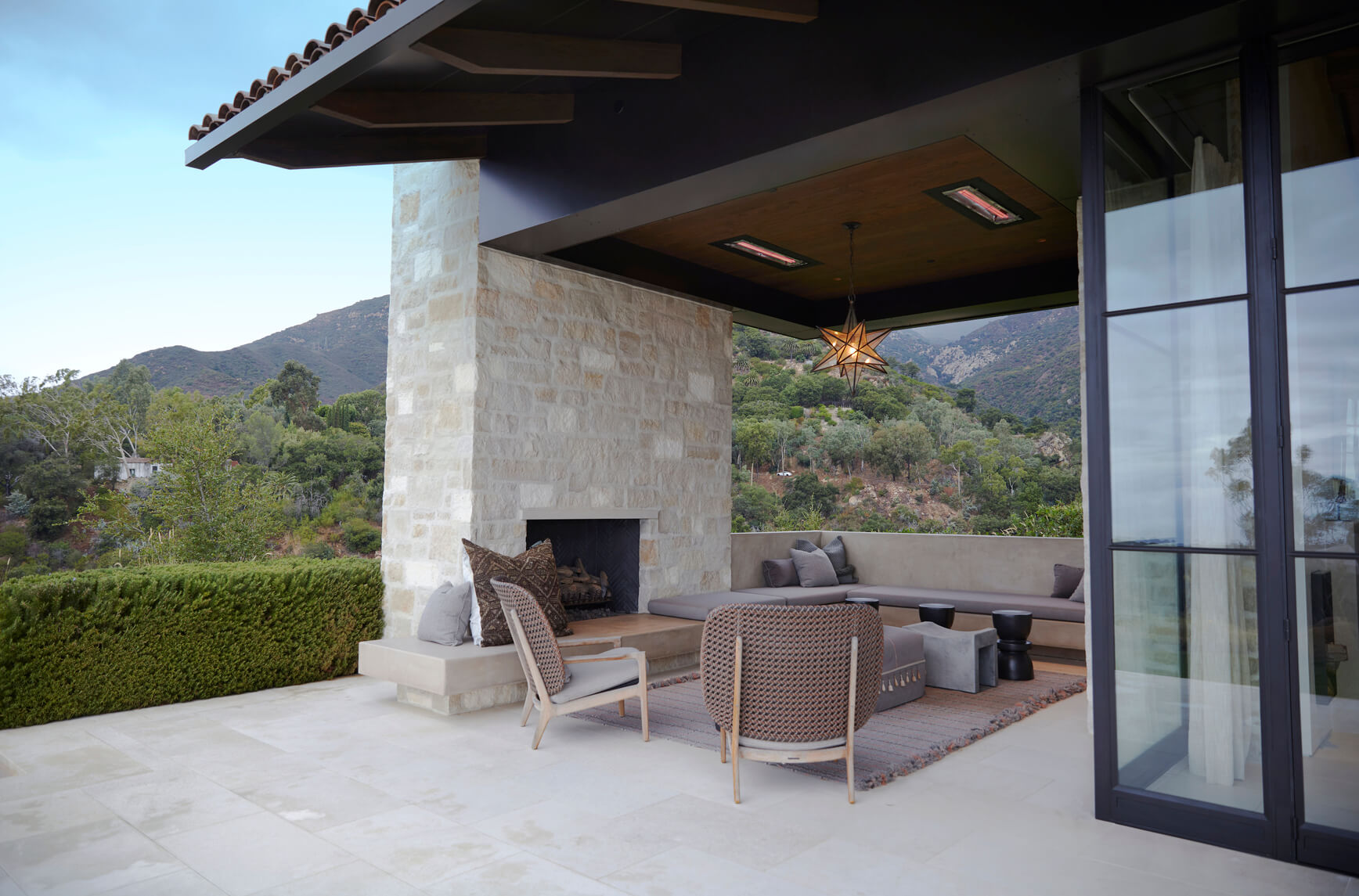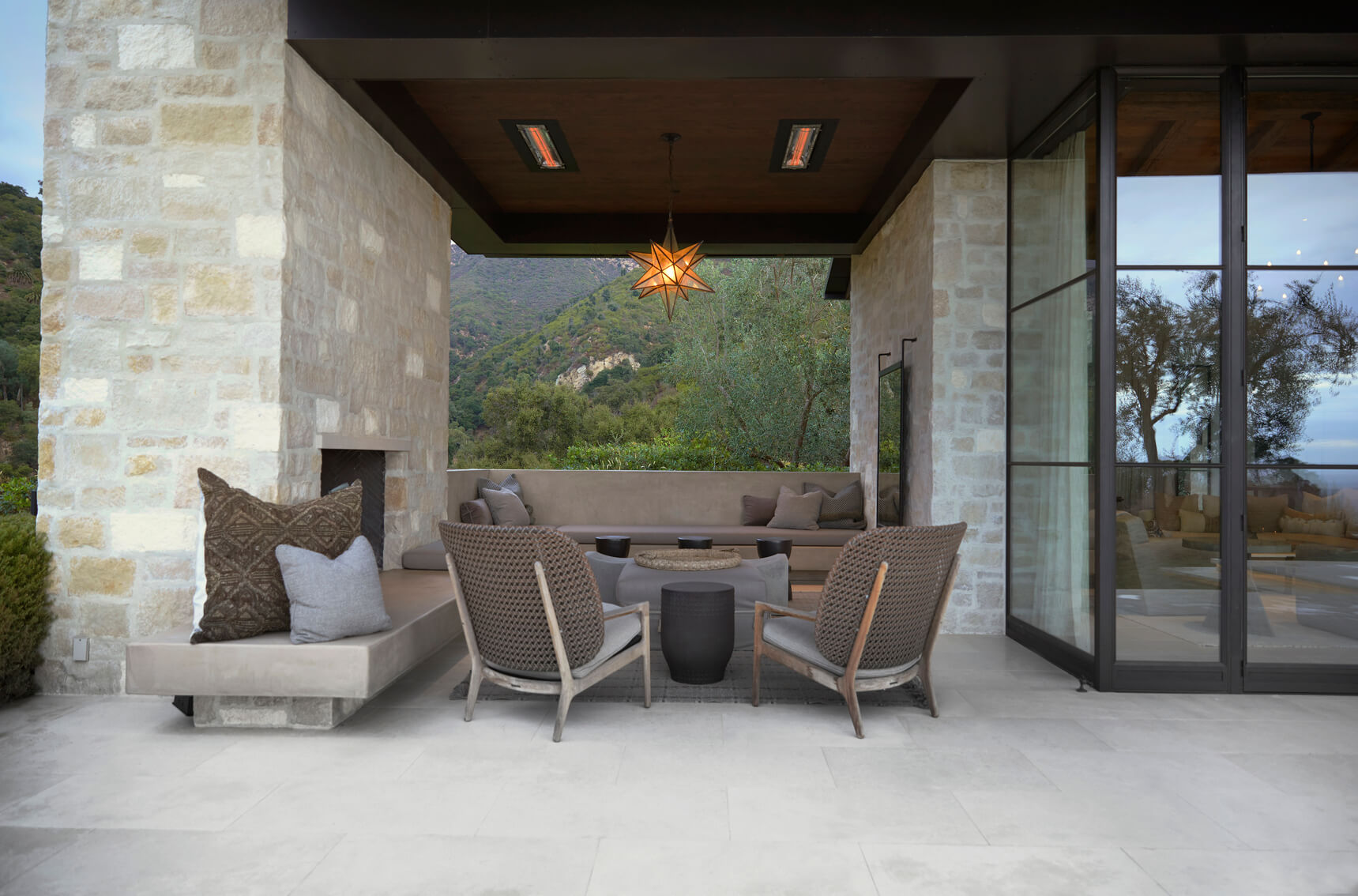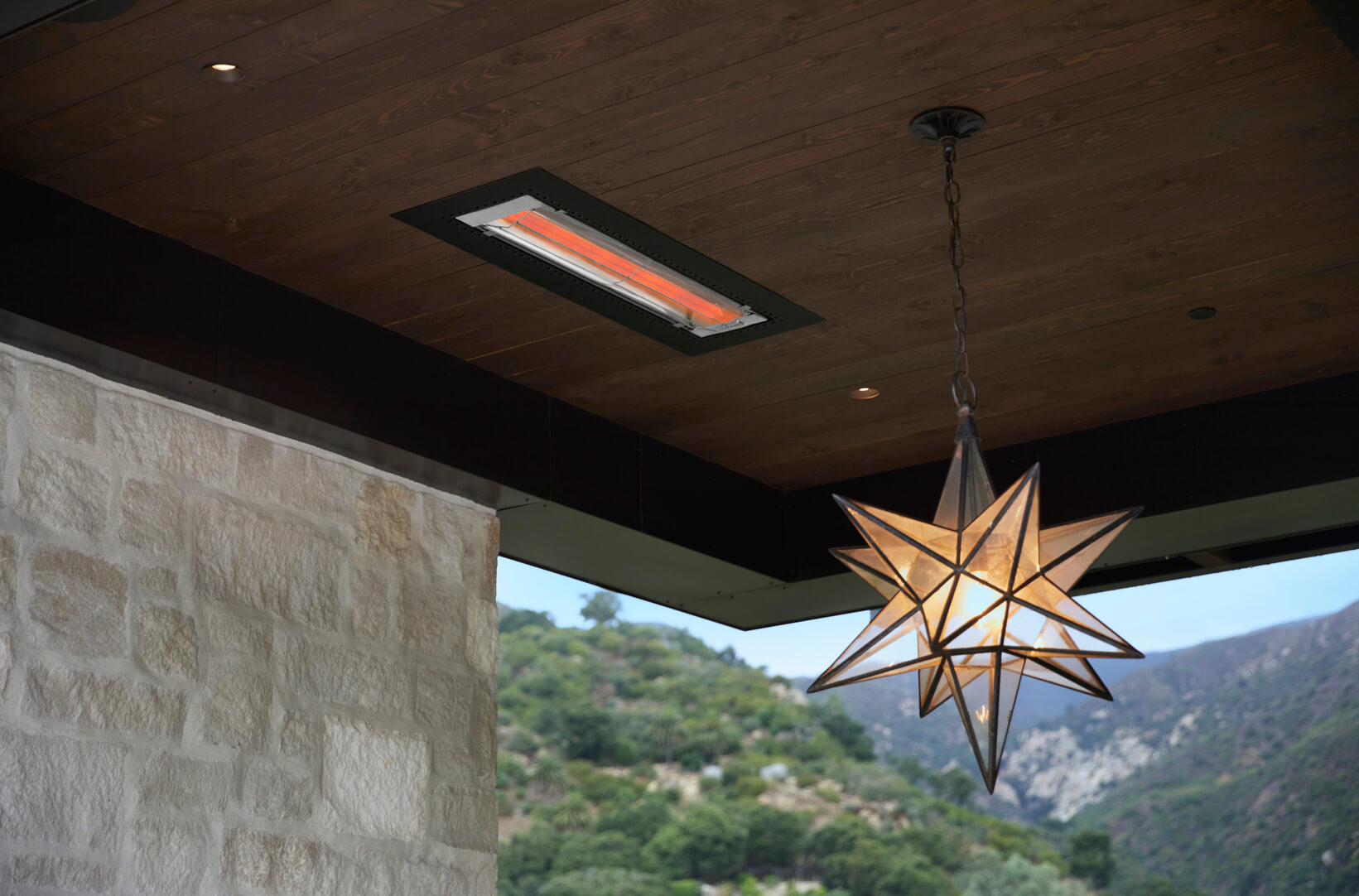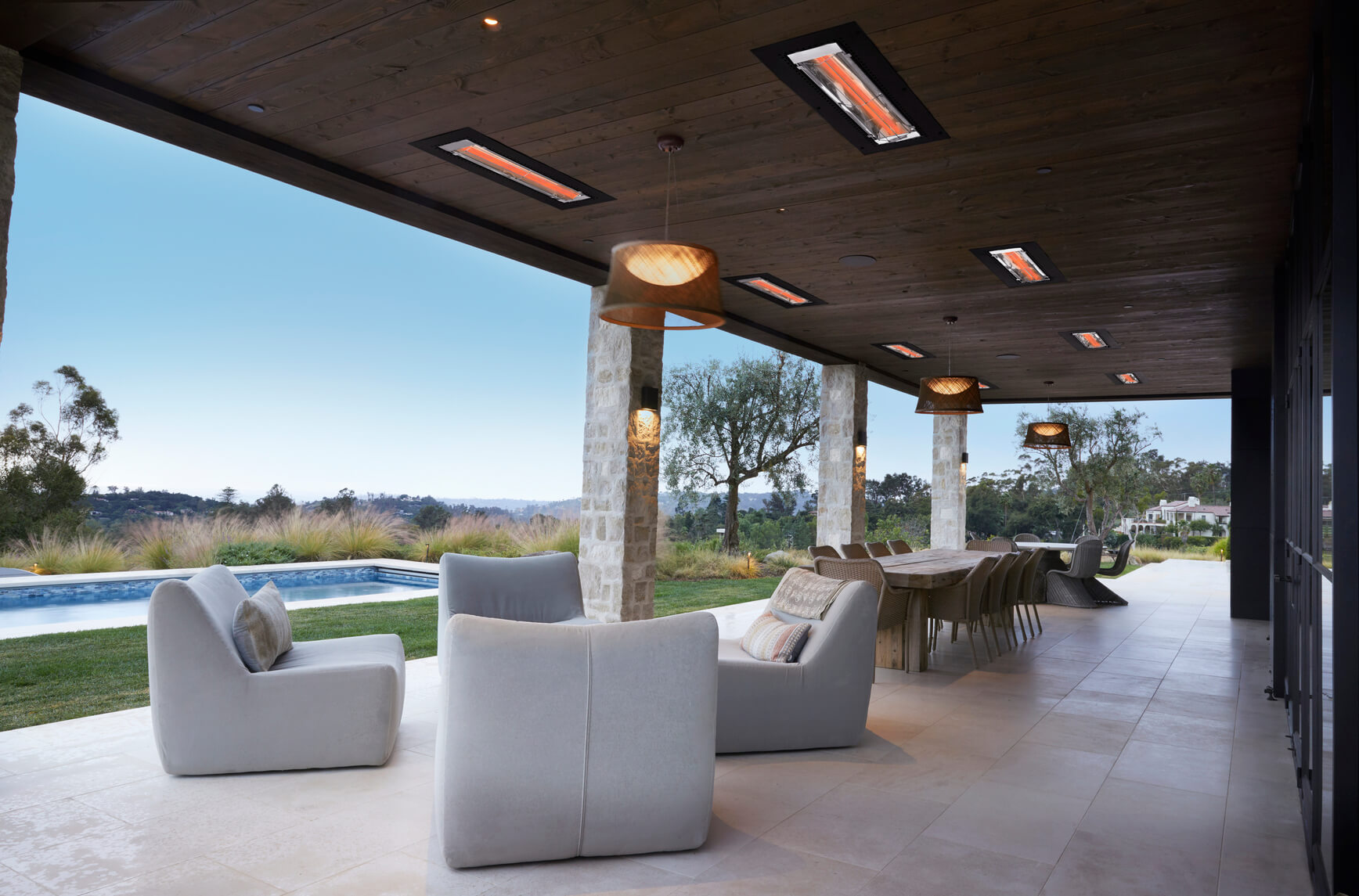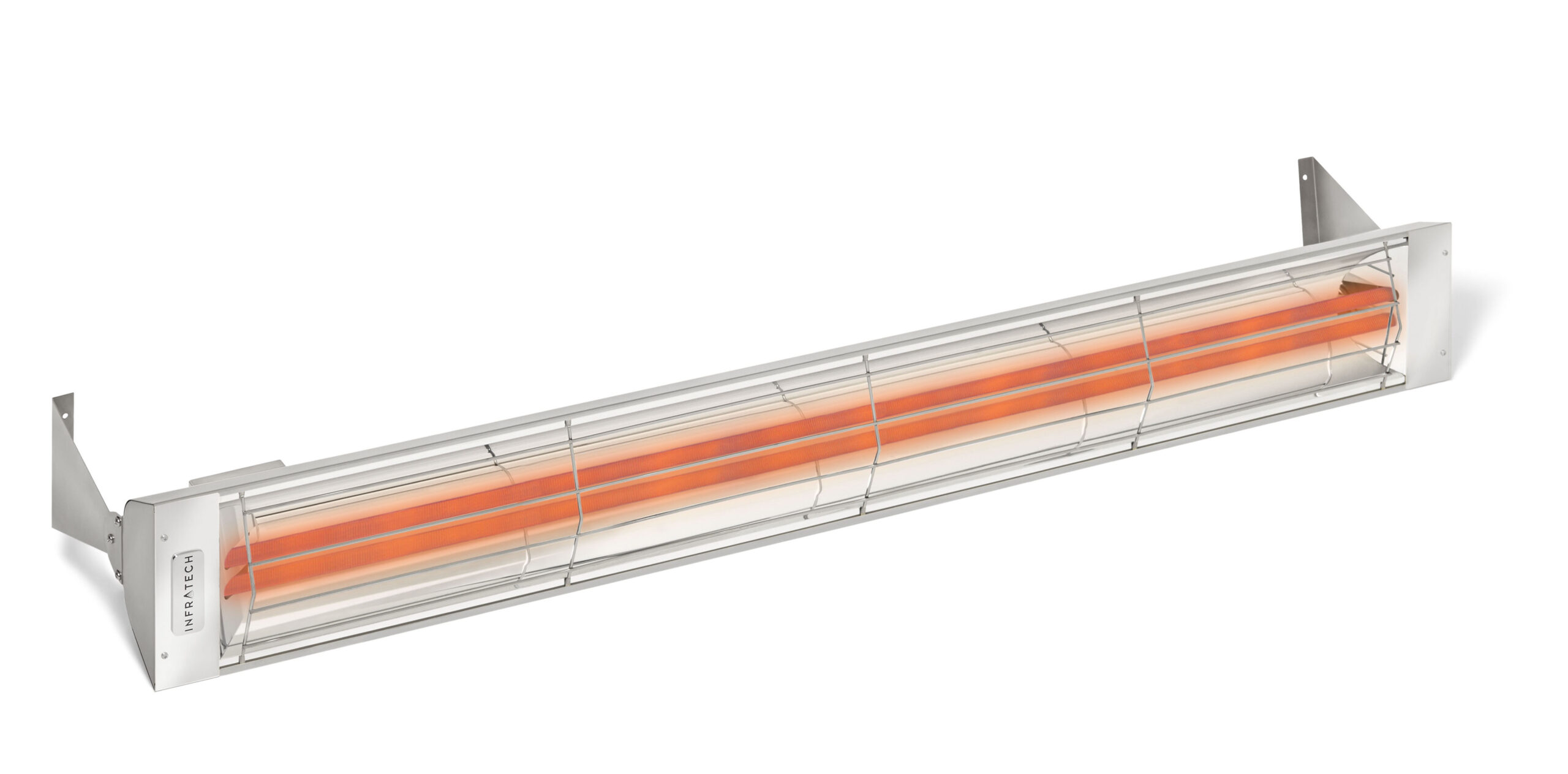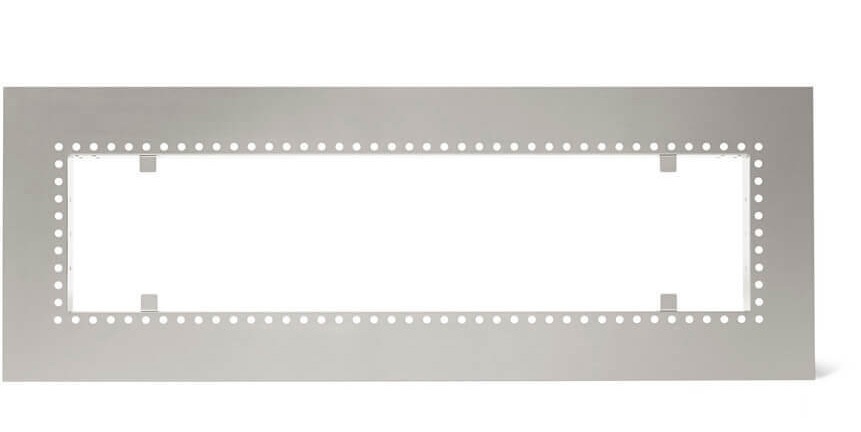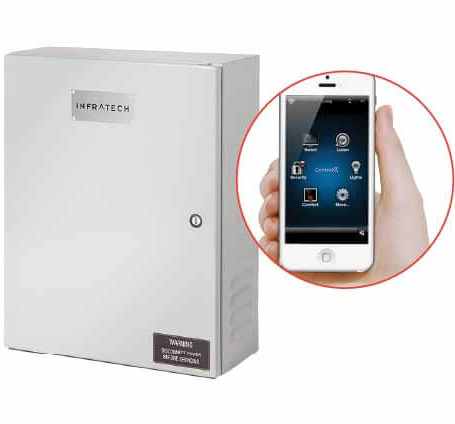Barker Residence by Abramson Architects
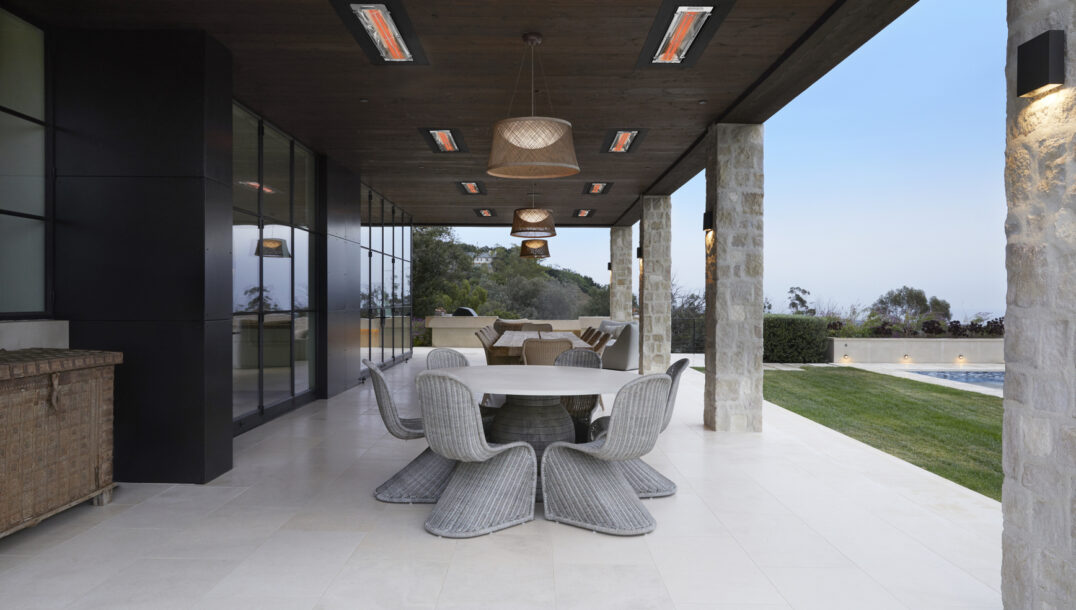
Design
Architect: ABRAMSON ARCHITECTS
Materials
WD-Series heaters
Flush Mount Frame
home management panel
Partner David Pascu, AIA, LEED AP, joined Southern California’s Abramson Architects in 2004. With experience leading design teams on both institutional and residential projects, Pascu currently leads the firm’s residential studio. As a designer, Pascu creates open, light homes that are inspired by historical references and feature natural materials.
Before construction After purchasing a spacious hillside lot in Montecito, the clients reached out to Abramson Architects to create a modern home that nodded to traditional, historical styles. Together, the clients and firm decided on a design concept that evokes ancient Spanish hillside dwellings. Project goals The homeowners had an appreciation for traditional materials and wanted their new home to fit into the natural environment. Thus, the materials selected for the Barker Residence — including wood, stone, and stucco colors — were intended to blend into the home’s surroundings.
Project Inspirations
Designed to recreate the appearance of traditional Spanish hillside abodes, the Baker Residence features appendages beyond the core of the home that call to mind scattered village buildings. While the interior is clean and modern, the exterior was purposefully designed to create a sense of timelessness, with Santa Barbara field stone and stucco outside and dispersed roof shapes. The idea was to celebrate possible imperfections that would make the property seem like it had acquired its historical character over time.
Outdoor Design Approach
The Montecito Board of Architectural Review requires homes blend into their surroundings — a priority for the homeowners, as well. The design of the Barker Residence focused on blending natural materials, old world charm, and spacious indoor/outdoor areas to satisfy those requirements, emphasize the beauty of the hillside setting, and provide expansive and easy-going Southern California outdoor lifestyle options.
About The Design
With a stunning natural landscape, Pascu designed the Barker Residence to allow the homeowners to spend as much time outside as possible. From dining areas to outdoor lounges, covered outdoor areas made indoor/outdoor living a seamless part of the experience. These outdoor living spaces were designed to blend with the indoor areas, creating the sense that the homeowner is simply entering an extension of the home, rather than entering the great outdoors.
Integrating Infratech
Both the dining terrace and the outdoor lounge feature flush mounted Infratech heaters so the homeowners can sit outside, rain or shine, without needing to go inside to grab a coat. Although the outdoor lounge has a fireplace, Infratech heaters were essential to the design because they deliver heat that warms people, instead of the air, and therefore doesn’t blow away. A Home Management System was installed so the homeowners can control the heaters from anywhere.
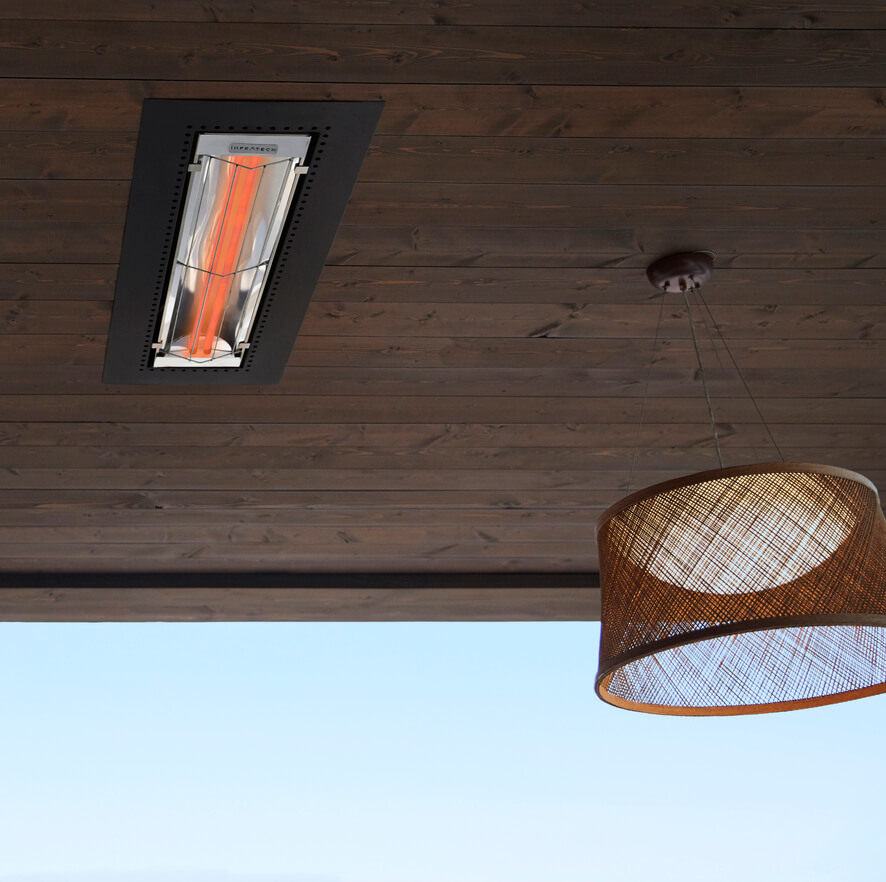
A WD-Series Infratech heater blends subtly into a dark wood tongue-in-groove ceiling in the outdoor dining room.
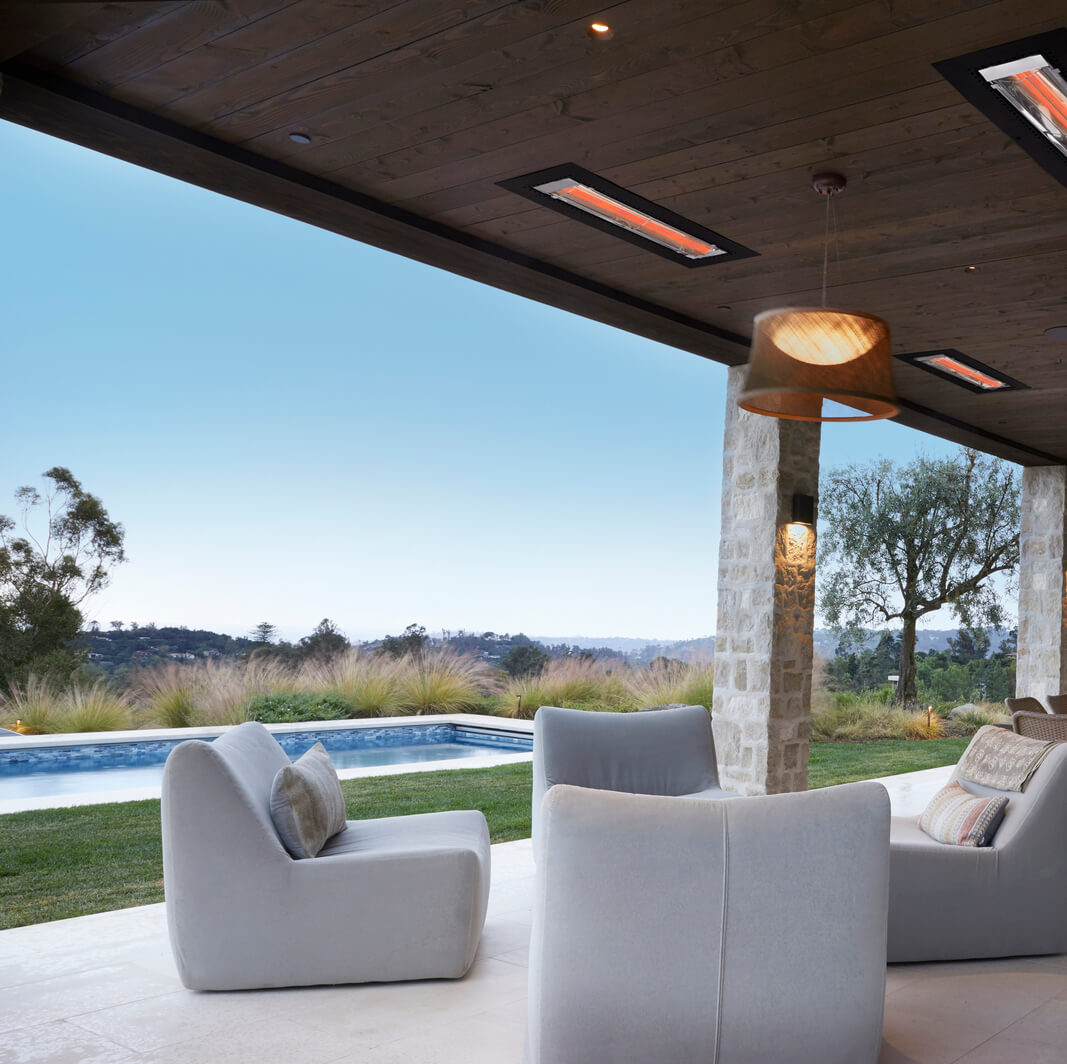
Abramson Architects placed Infratech heaters in each of the Barker Residence’s three outdoor seating area to supply durable, effective comfort year-round.
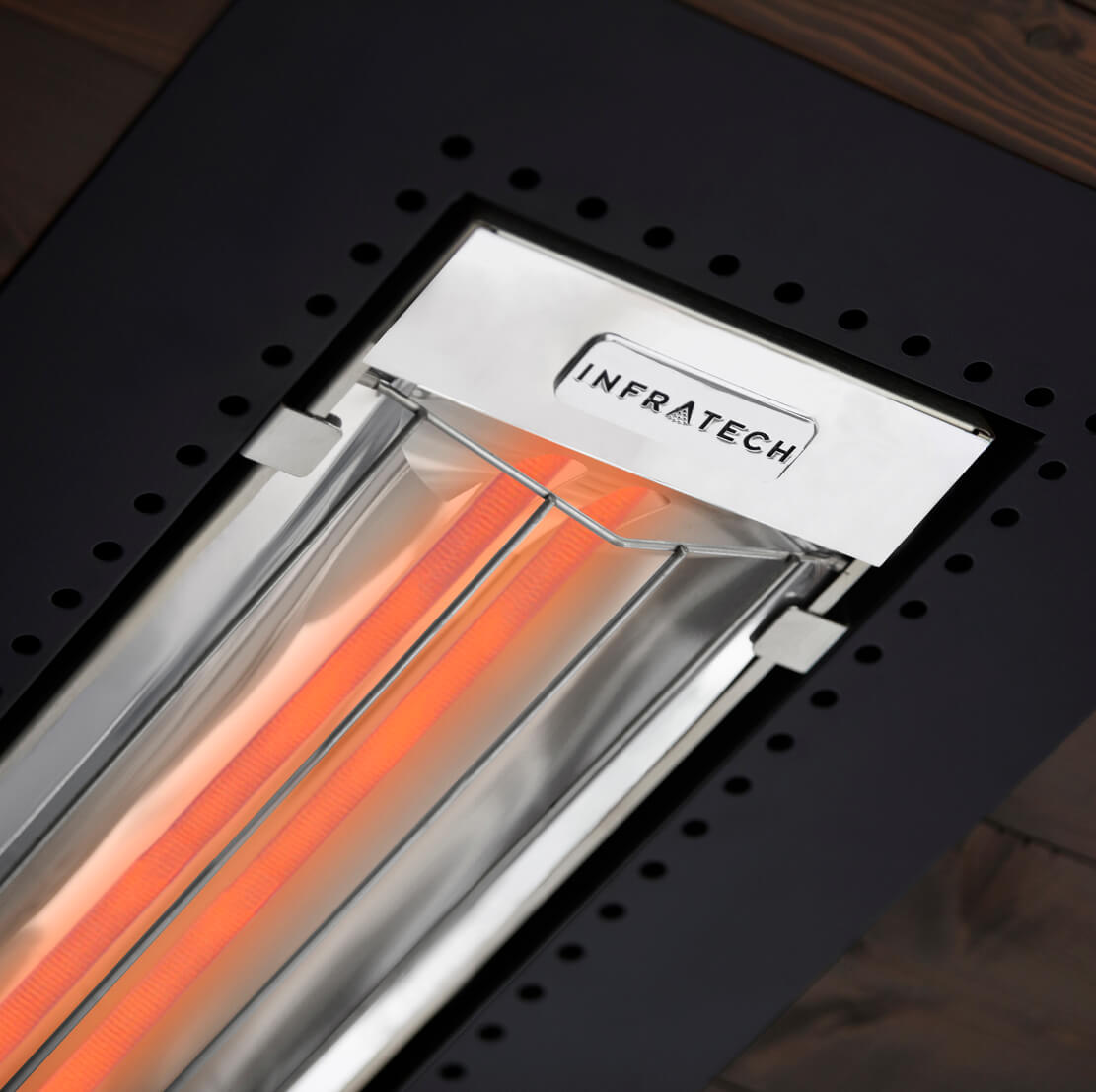
An Infratech Home Management System was installed so the homeowners could control their heaters from anywhere.
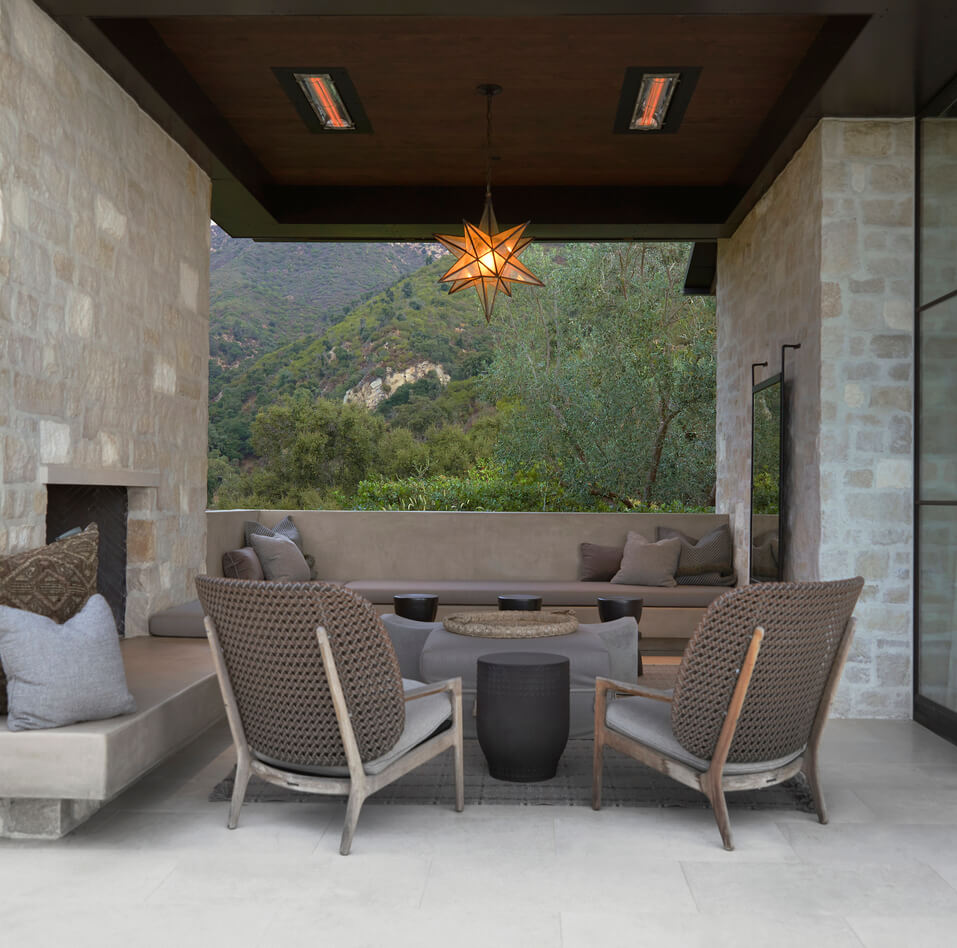
Two WD-Series heaters plus an outdoor fireplace create a cozy nook for relaxing, reading, and enjoying a cocktail outside.
“FROM A FUNCTIONAL POINT OF VIEW, INFRATECH’S A GREAT FIT FOR THIS PROPERTY BECAUSE IN EVERY SEATING AREA, WE’RE ABLE TO PLACE HEATERS AND DIRECT THEM AT THE SPOTS WHERE PEOPLE ARE SITTING SO THEY CAN BE COMFORTABLE.” — DAVID PASCU
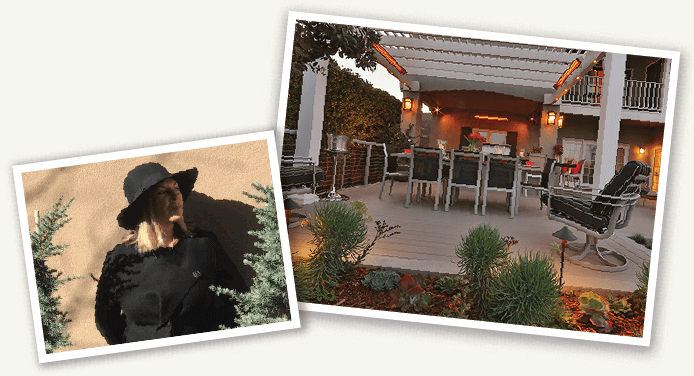
Learn more about why Joan Grabel choose Infratech to bring outdoor living visions to life.



